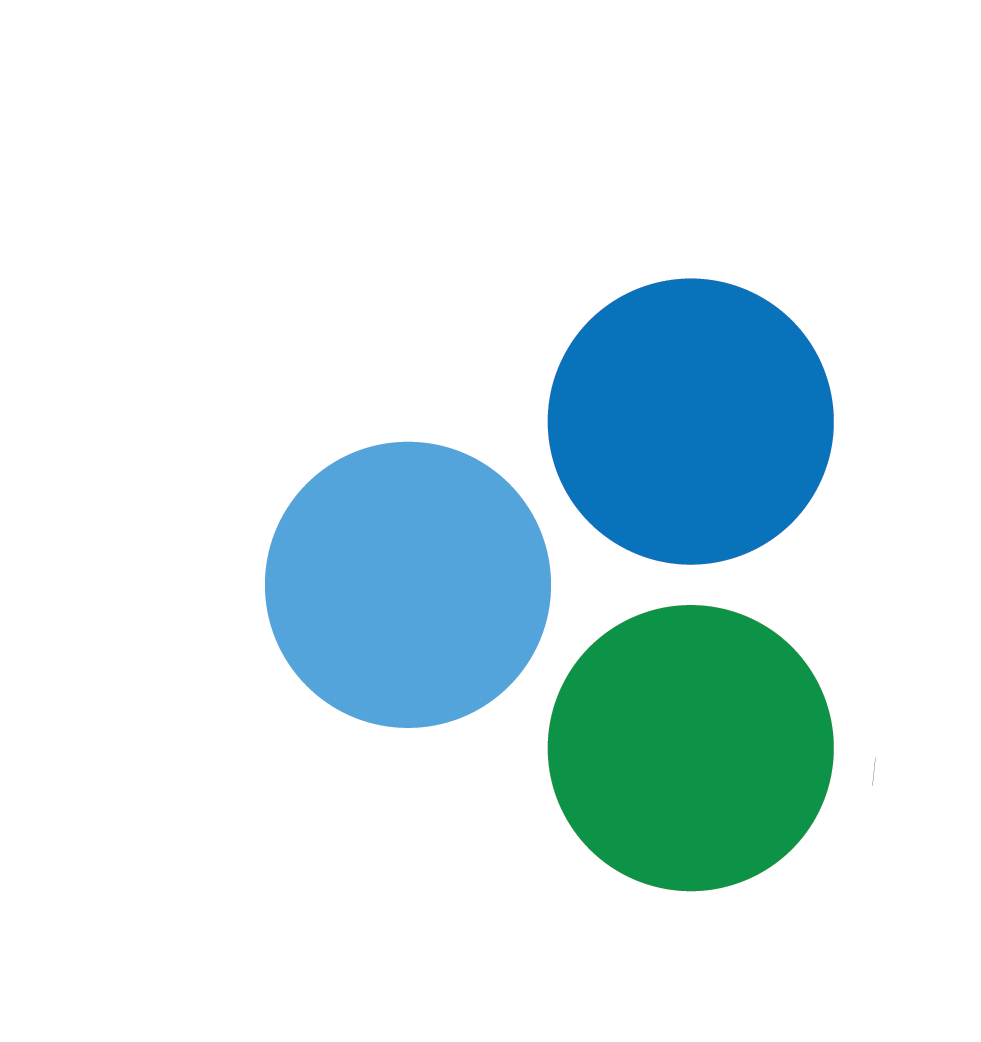https://tinnefeld.cup.uni-muenchen.de


To this end, we envision complex machineries that can sense and actuate in complex environments including body fluids. Machineries can sense complex properties such as membrane curvature, membrane potentials or concentrations and they are able to actuate forces1, 2. Furthermore, we aim to build complex hybrid materials including DNA, nanoparticles, graphene and photosynthetic reaction centers for energy conversion devices3-5.
DNA is commonly considered as the medium to store the software for running living systems. With structural DNA nanotechnology, DNA becomes the hardware that enables the arrangement of arbitrary organic, inorganic and biological objects to create novel functions and nano-bio hybrid materials. Extremely complex objects become amenable by self-assembly that can exert complex functions with the vision of biologically compatible nano-robots.
Fundamentally, molecular devices are prone to rapid degradation and loff of uncitonality due to the high proporion of surface atoms and molecules. Biology has developed complex mechanisms of self-repair, including self-regeneration by constantly exchanging all atoms in our body. Additionally, sophisticated self-healing mechanism after detecting damage have evolved. We will investigate further, how ideas from nature can be used to increase the sustainability of complex artificial bio-nano machines and robots.6


References
- K. Kramm, T. Schröder, J. Gouge, A. M. Vera, K. Gupta, F. B. Heiss, T. Liedl, C. Engel, I. Berger, A. Vannini, P. Tinnefeld & D. Grohmann, DNA origami-based single-molecule force spectroscopy elucidates RNA Polymerase III pre-initiation complex stability. Nature Communications 2020, 11
- P. C. Nickels, B. Wünsch, P. Holzmeister, W. Bae, L. M. Kneer, D. Grohmann, P. Tinnefeld, T. Liedl, Molecular force spectroscopy with a DNA origami-based nanoscopic force clamp. Science 2016, 354, 305-307
- I. Kaminska, J. Bohlen, S. Rocchetti, F. Selbach, G. P. Acuna, P. Tinnefled, Distance Dependence of Single-Molecule Energy Transfer to Graphene Measured with DNA Origami Nanopositioners. Nano Letters 2019, Vol. 19 4257-4262
- I. Kaminska, J. Bohlen, S. Mackowski, P. Tinnefeld, G. P. Acuna, Strong Plasmonic Enhancement of a Single Peridinin-Chlorophyll a-Protein Complex on DNA Origami-Based Optical Antennas. ACS Nano 2018, 12, 1650-1655
- G. P. Acuna, F. M. Möller, S. Beater, B. Lalkens, P. Tinnefeld, Fluorescence enhancement at docking sites of DNA-directed self-assembled nanoantennas. Science 2012, 338, 506-510
- J. M. Scheckenbach, P. Tinnefeld, V. Glembockyte, T. Schubert, C. Forthmann, Self-Regeneration and Self-Healing in DNA Origami Nanostructures. Angewandte Chemie International Edition 2021

